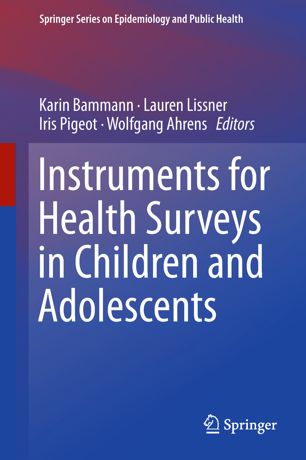

Most ebook files are in PDF format, so you can easily read them using various software such as Foxit Reader or directly on the Google Chrome browser.
Some ebook files are released by publishers in other formats such as .awz, .mobi, .epub, .fb2, etc. You may need to install specific software to read these formats on mobile/PC, such as Calibre.
Please read the tutorial at this link: https://ebookbell.com/faq
We offer FREE conversion to the popular formats you request; however, this may take some time. Therefore, right after payment, please email us, and we will try to provide the service as quickly as possible.
For some exceptional file formats or broken links (if any), please refrain from opening any disputes. Instead, email us first, and we will try to assist within a maximum of 6 hours.
EbookBell Team

4.8
44 reviewsThis book describes key methods and instruments for assessing diet-related factors, physical activity, social and environmental factors, physical characteristics and health-related outcomes in children and adolescents. These tools were developed and deployed within the framework of the pan-European IDEFICS and I.Family cohort studies. These population-based field studies were funded within the 6th and 7th European Framework Programme, respectively, and were intended to assess the prevalence and aetiology of lifestyle-related diseases in children, focusing on overweight and obesity, and to develop effective strategies for primary prevention. In the course of a decade we undertook a major research endeavour, collecting standardised data from children, families, neighbourhoods, kindergartens, pre-schools and schools in eight European countries, employing a uniform cross-cultural methodology. This resulted in a rich picture of the daily lives and living contexts of children and their families.
Studies encompassing childhood and adolescence face the particular challenge of the transitions from pre-school to primary school and from childhood to adolescence; accordingly, the instruments used need to be adapted to different developmental stages while maintaining their comparability across the age range. In young children, questionnaires have to be completed by proxies, usually their parents, while older children, particularly adolescents, can provide a major part of the requested information themselves.
This book presents suitable designs, methods and instruments for data collection in studies of children and adolescents. Each chapter explains the development and background of the instruments applied in the surveys and summarises the current state of knowledge. All chapters were written by key experts in their respective research fields. We are grateful for their valuable contributions and their enthusiastic support in producing this book, which also presents survey experiences in which practice does not always follow theory. Participants’ responses can on occasion be unexpected and unpredictable, but meeting these challenges can also enrich epidemiological surveys and yield methodological refinements. We sincerely hope that the book and the online material will be of considerable value to other research teams.